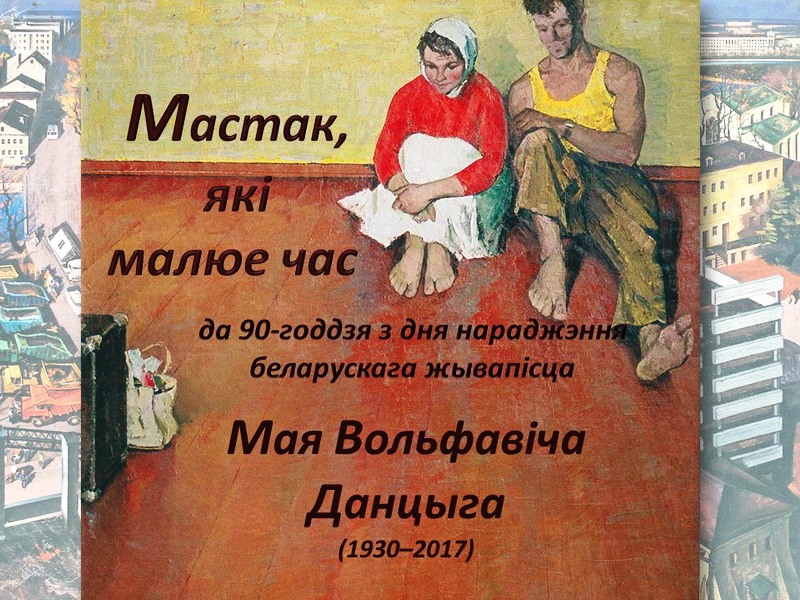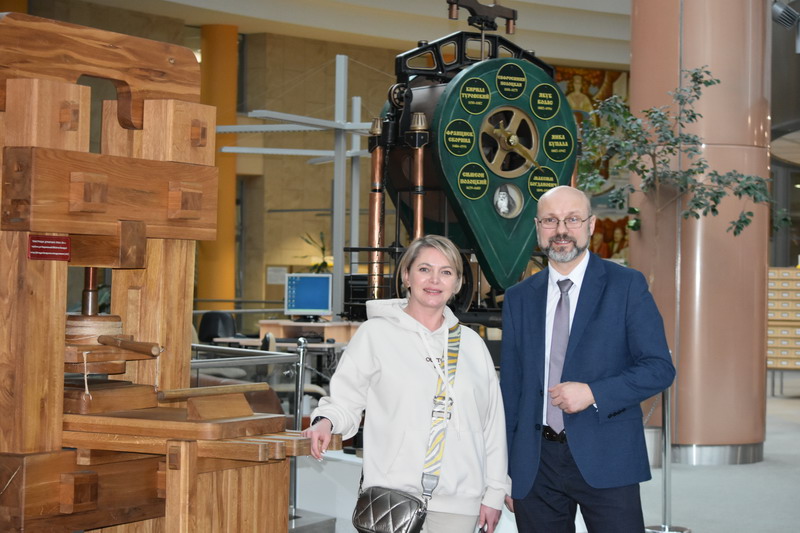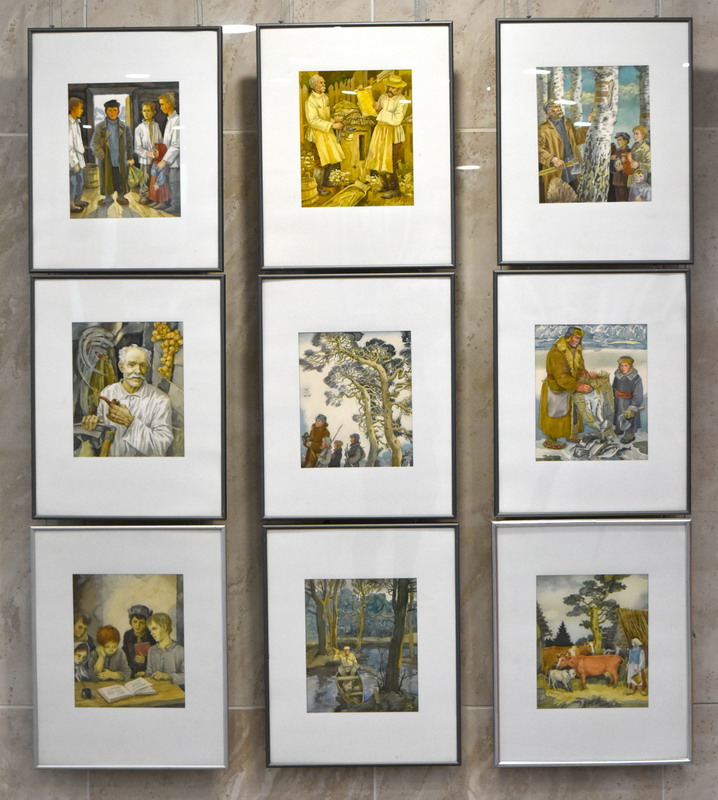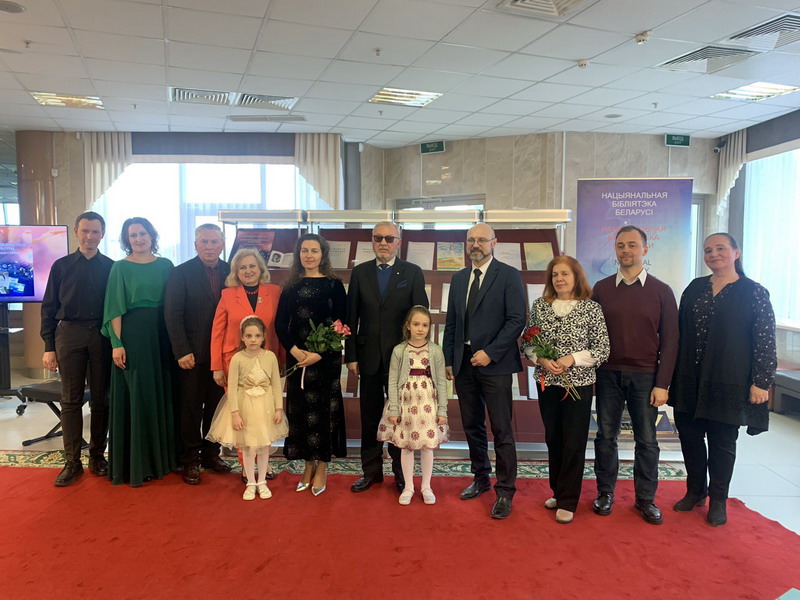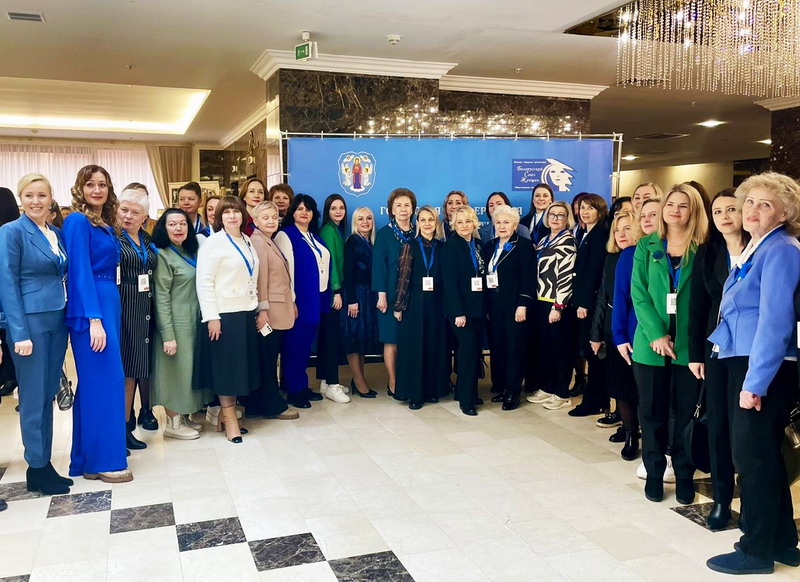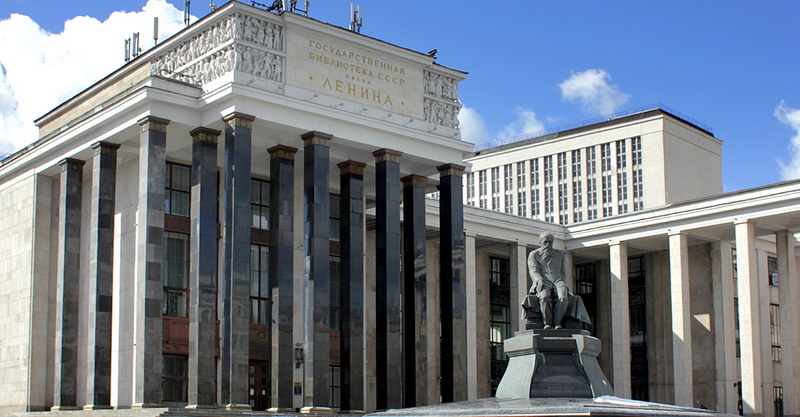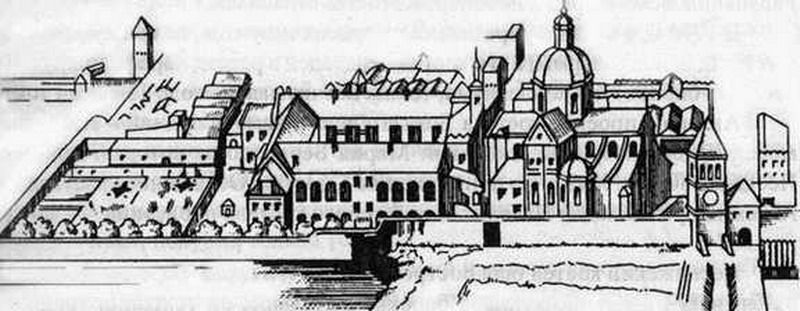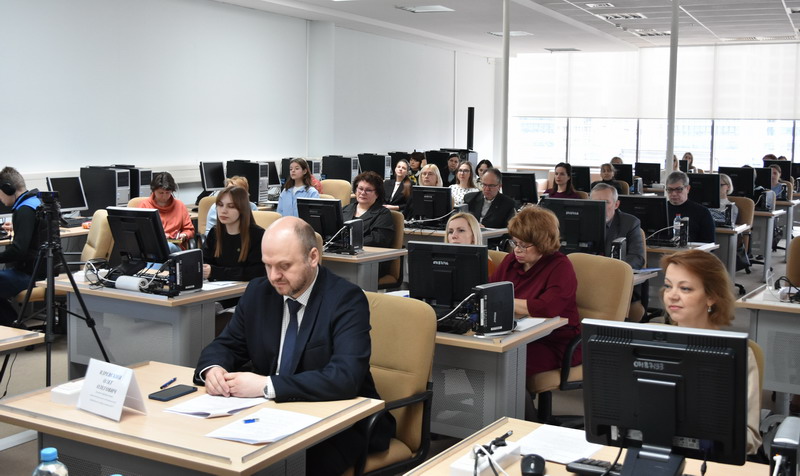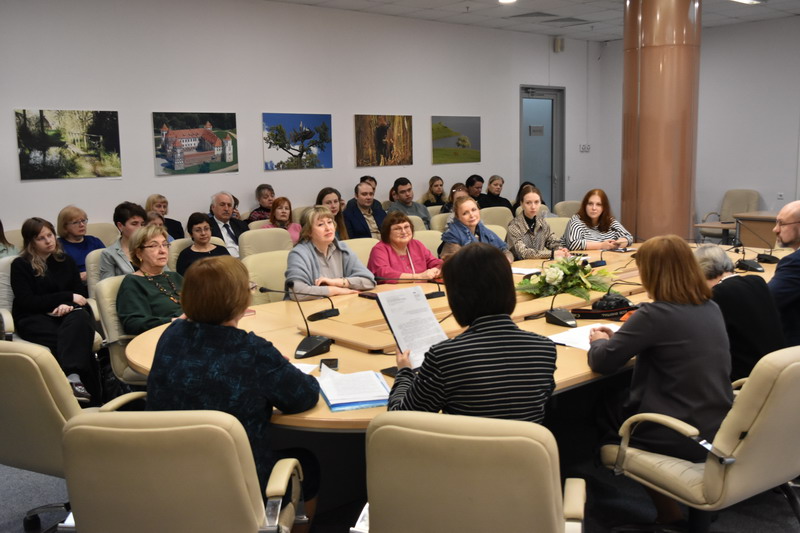"The Artist Who Draws Time" is a book-illustrative exhibition. It is dedicated to the 90th anniversary of the famous Belarusian artist and teacher Mai Dantsig. The exhibition is on show in the Fine Arts Reading Room (room 306).
War, city, new buildings, working days... It seems that all these familiar topics have long been rooted in our minds, they are easy to imagine, they aren't surprising... But in the works of Mai Dantsig these images appear in a completely different way, they are relevant, as they reveal in unusual perspectives and compositions, they impress with monumentality and attract attention with a fresh perception, they raise questions and bring thoughts. And this is no accident, because according to the artist "... the most interesting thing in any art is not even a new topic, but an old one, taken and solved in a new way".
Mai Dantsig is a master of a wide creative range, he worked in the genres of easel and monumental painting, subject-themed paintings, he created landscapes, still lifes, portraits of his contemporaries. He is called an urban artist who managed to create the rhythm and pulse of the city, to catch its sounds. Mai Dantsig is also considered an artist-philosopher, who presented thoughts about life of his time and era by means of painting, he conveyed a sense of joy from creating something new and the desire for the best and life-affirming things.
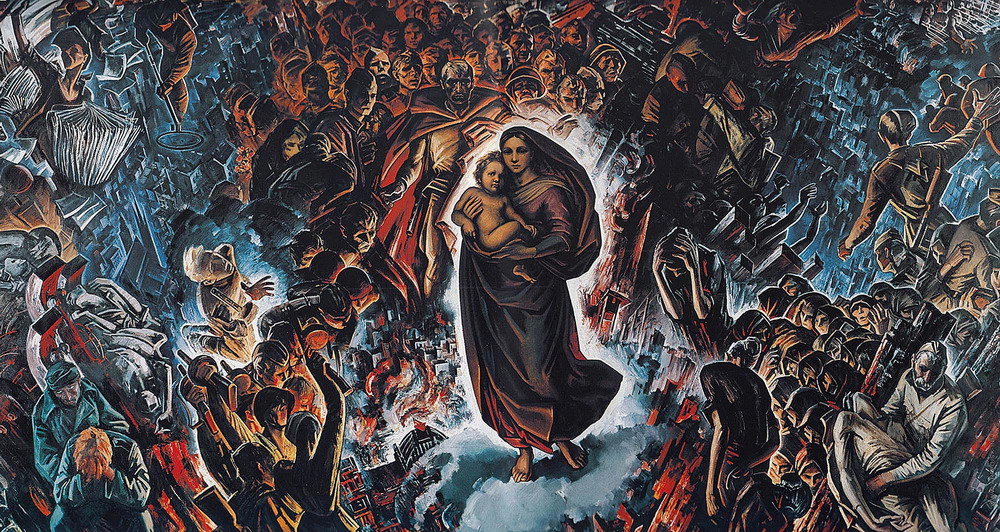
The exhibition introduces all the themes and genres in which Mai Dantsig worked. The reproductions on the war with all its brutality and absurdity will allow nobody to stay indifferent: “The Saved World Remembers”, “Belarus is a Partisan Mother”, still life “On the Great Patriotic War ...”, “Partisan Ballad”.
“My Ancient and Young City”, “My Minsk”, “Minsk. Spring of 1944”, “Minsk. Victory Square” – all these works show Minsk in the days of the Soviet Union. Today, these works are not only of artistic but also of historical value, they indicate the existence of those architectural monuments that have not survived to this day.
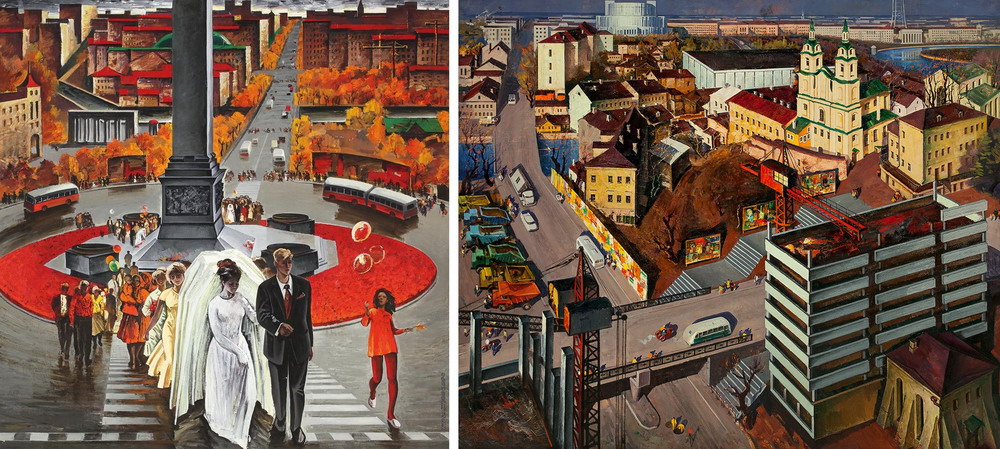
The images of builders, workers, people of their time will attract Your attention. There are notable works of the artist such as "New Settlers", "New Neighborhoods are Growing," "Soligorsk Land is Buzzing! Evening shift ", "Gold of the Earth", "Creators", "On the Guard of the World" triptych. It is easy to recognize representatives of the creative intelligentsia, Vasily Bykov, Alies Adamovich, Victor Avila, in the portraits by Mai Dantsig.
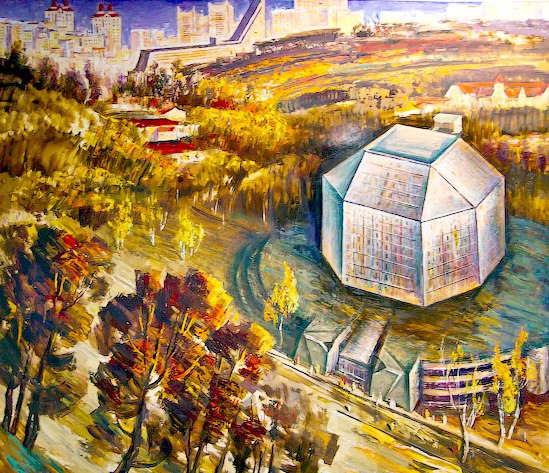
The exhibition is supplemented by the additional information on the life and work of the artist. Books, catalogs of exhibitions, articles by Belarusian researchers such as N. Selitskaya, N. Sharangovich, K. Isafatavay, S. Khorevsky, K. Melnik are among them. There is a notable publication of the artist's reproductions at the exhibition. "Mai Dantsig. Paintings and Graphics" (2016) publication displays the heritage of the master. /// The book by art critic B. Krepak, dedicated to the painter, will also be useful. The artist left his autograph for the readers of the National Library in the album "May Danzig = MaiDantsig" (1Ба233488К).
The opening hours of the exhibition correspond to the library’s opening hours.
Admission is by library card or by the ticket of the library's social and cultural center.
For more info: (+375 17) 293 27 53.
Special Collections Service Department

